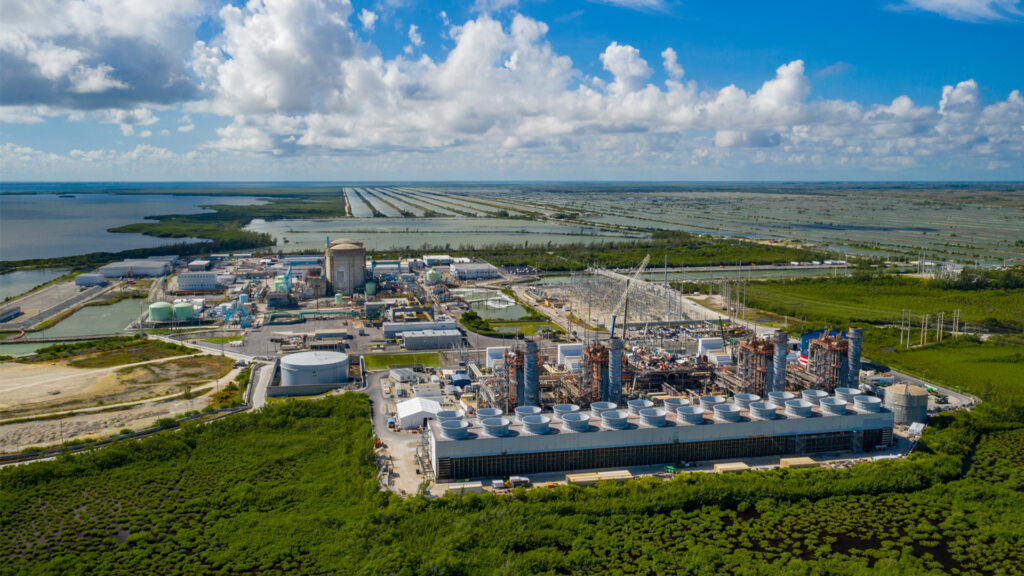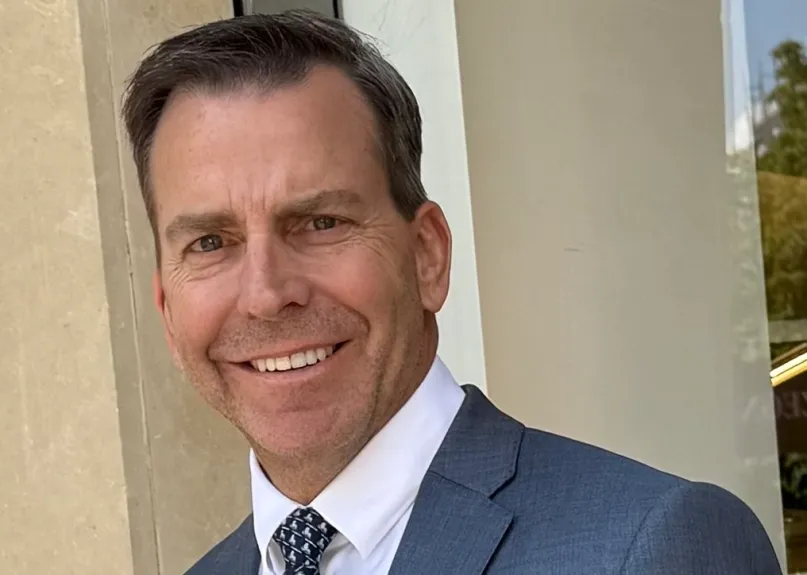By Florida state Rep. Toby Overdorf
Floridians cherish our pristine coastlines and vibrant ecosystems. This natural beauty is a treasure we must protect, which is why I’ve consistently opposed offshore drilling. Yet, as our population grows and energy demands surge, driven by a constant influx of new residents and immense power needs, Florida must find forward-looking solutions that secure energy independence while safeguarding our environment.
The answer lies in an all-of-the-above energy strategy, thoughtfully pairing emerging technologies with proven resources. Fortunately, we have both the space and the opportunity to do so. State and federal lands offer strategic locations to deploy innovative technologies like Small Modular Reactors (SMRs), helping us meet future energy challenges and serve a growing population. These advanced reactors represent a crucial step in our pursuit of energy independence and merit serious consideration.

We’re not starting from scratch. Florida enters this effort with a strategic advantage by working alongside federal leaders committed to advancing nuclear energy. Congressman Byron Donalds, for example, has introduced a 10-part initiative to strengthen U.S. leadership in the global nuclear market. He is pushing to expand our energy workforce and boost national energy security. I also agree with him that we must address outdated misconceptions and promote nuclear career pathways in our schools and universities to spark new interest in this essential field.
National support is already building. The U.S. Department of Energy’s $900 million solicitation for SMR deployment highlights the momentum behind this technology, positioning Florida to benefit from early leadership. Of course, important questions about cost, safety and waste must be addressed transparently. While SMRs may initially cost more per megawatt than larger plants, their modular design promises long-term savings. They also feature advanced passive safety systems, proven waste storage solutions, and rigorous oversight by the Nuclear Regulatory Commission.
While the technology is promising, I will not rush into commitments ahead of the next legislative session. We must carefully study and evaluate SMRs, with public input, and scrutinize every stage. However, I remain optimistic about the potential to enhance Florida’s energy security, resilience, and environmental stewardship.
SMRs are about one-third the size of traditional nuclear plants. These factory-built systems offer a transformative opportunity to deliver clean, reliable, and resilient power while reducing carbon emissions and protecting our coastal heritage. Nuclear power is already America’s largest source of clean-air electricity, and FPL’s existing plants at St. Lucie and Turkey Point prevent millions of tons of CO₂ emissions annually. Studies suggest integrating SMRs into microgrids could further cut emissions by up to 63.5%, or 85% when paired with cogeneration.
Energy resilience is another key advantage. Florida is no stranger to hurricanes, and our nuclear plants have withstood Category 5 storms without incident. Microreactors producing up to 10 megawatts could power remote communities, hospitals, and emergency services when the broader grid is down—reducing reliance on diesel generators that pollute our air.

Florida is already a leader in nuclear innovation. We host four nuclear units and the nation’s only digital nuclear training reactor. FPL is exploring SMRs, with Early Site Permitting anticipated by 2026–2027. I commend FPL and other energy suppliers like Duke Energy for their responsible, forward-looking approach to this technology. With proper safety and accountability guardrails, we can foster a competitive market that allows innovative companies to thrive and drive progress. These projects could help fuel an energy boom that carries Florida into the future.
Florida’s energy future demands bold but careful action. By exploring SMRs in partnership with federal leaders and innovative companies, we can diversify our energy mix, reduce dependence on fossil fuels, and protect our coastlines — ensuring every step is grounded in science, community input and strong environmental safeguards.
Just as Florida has led in economic, educational and health freedoms, we now have an opportunity to lead in energy freedom. It’s a conversation worth having and a future worth building — thoughtfully, responsibly, and together.
Florida Rep. Toby Overdorf (R-Palm City) represents parts of Martin and St. Lucie counties and is a professional environmental scientist with over 20 years of experience. This opinion piece was originally published by the Orlando Sentinel, which is a media partner of The Invading Sea. Banner photo: Nuclear cooling towers (I, Nostrifikator, CC BY-SA 3.0, via Wikimedia Commons).
Sign up for The Invading Sea newsletter by visiting here. To support The Invading Sea, click here to make a donation. If you are interested in submitting an opinion piece to The Invading Sea, email Editor Nathan Crabbe at nc*****@*au.edu. To learn more about SMRs, watch the video below.



